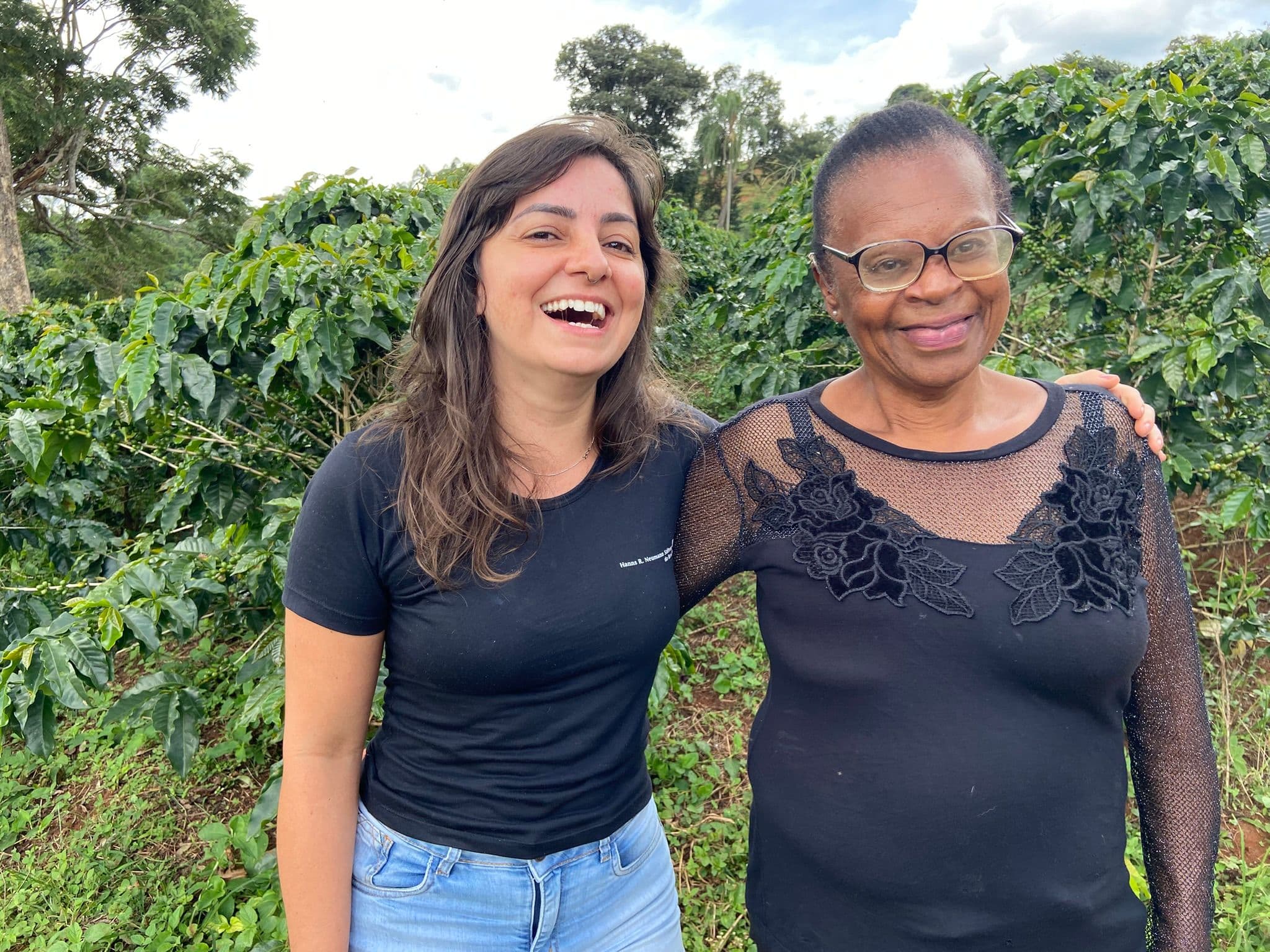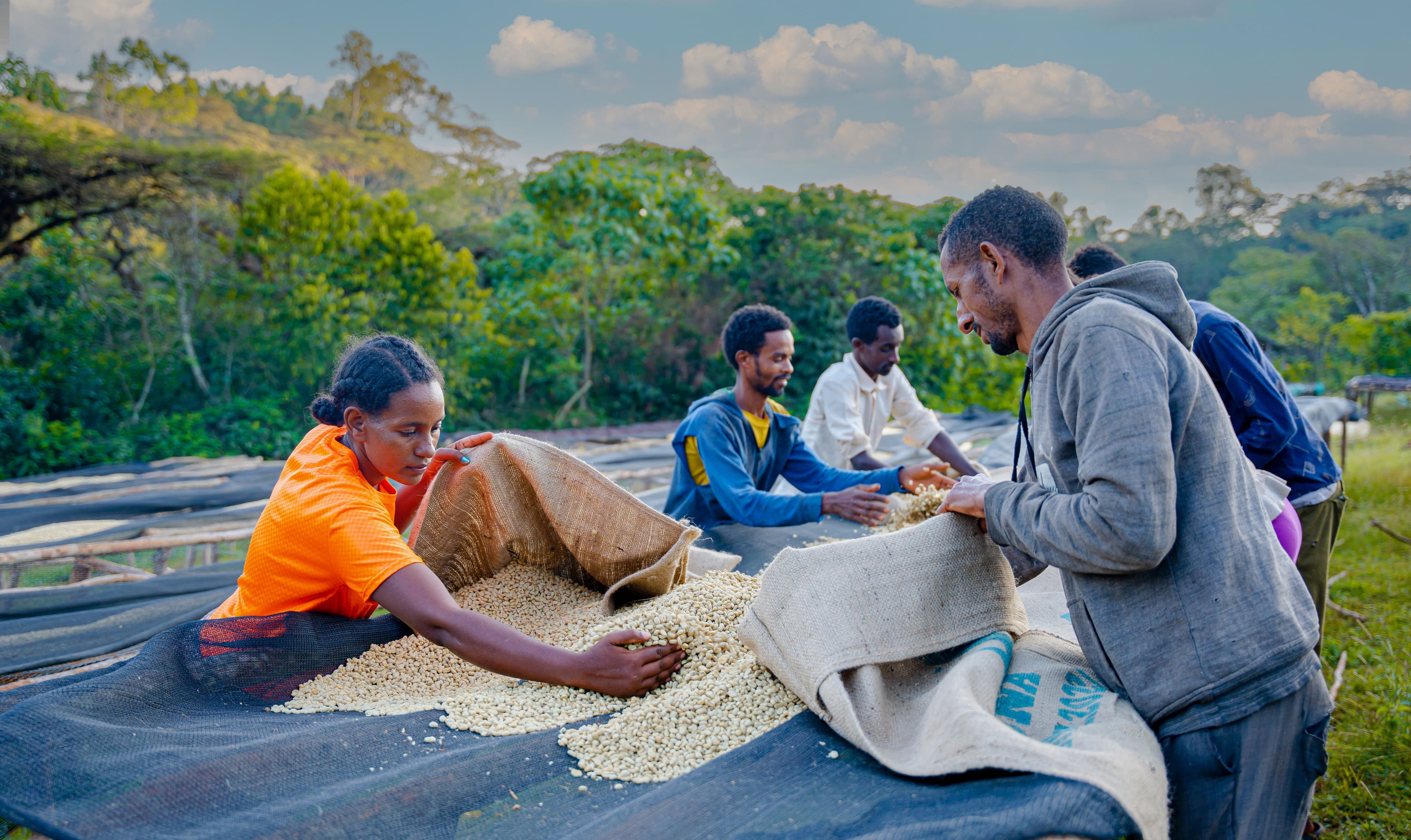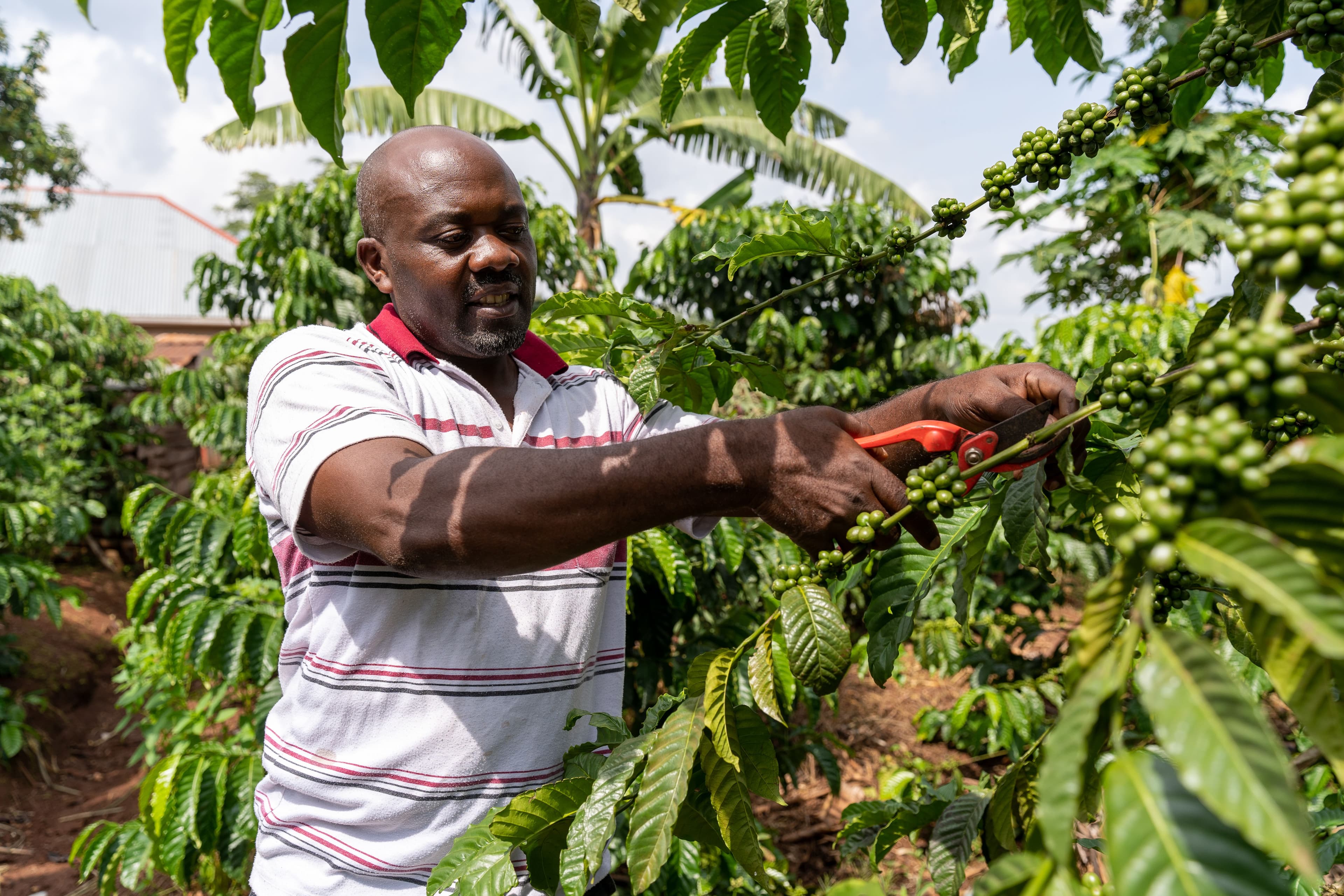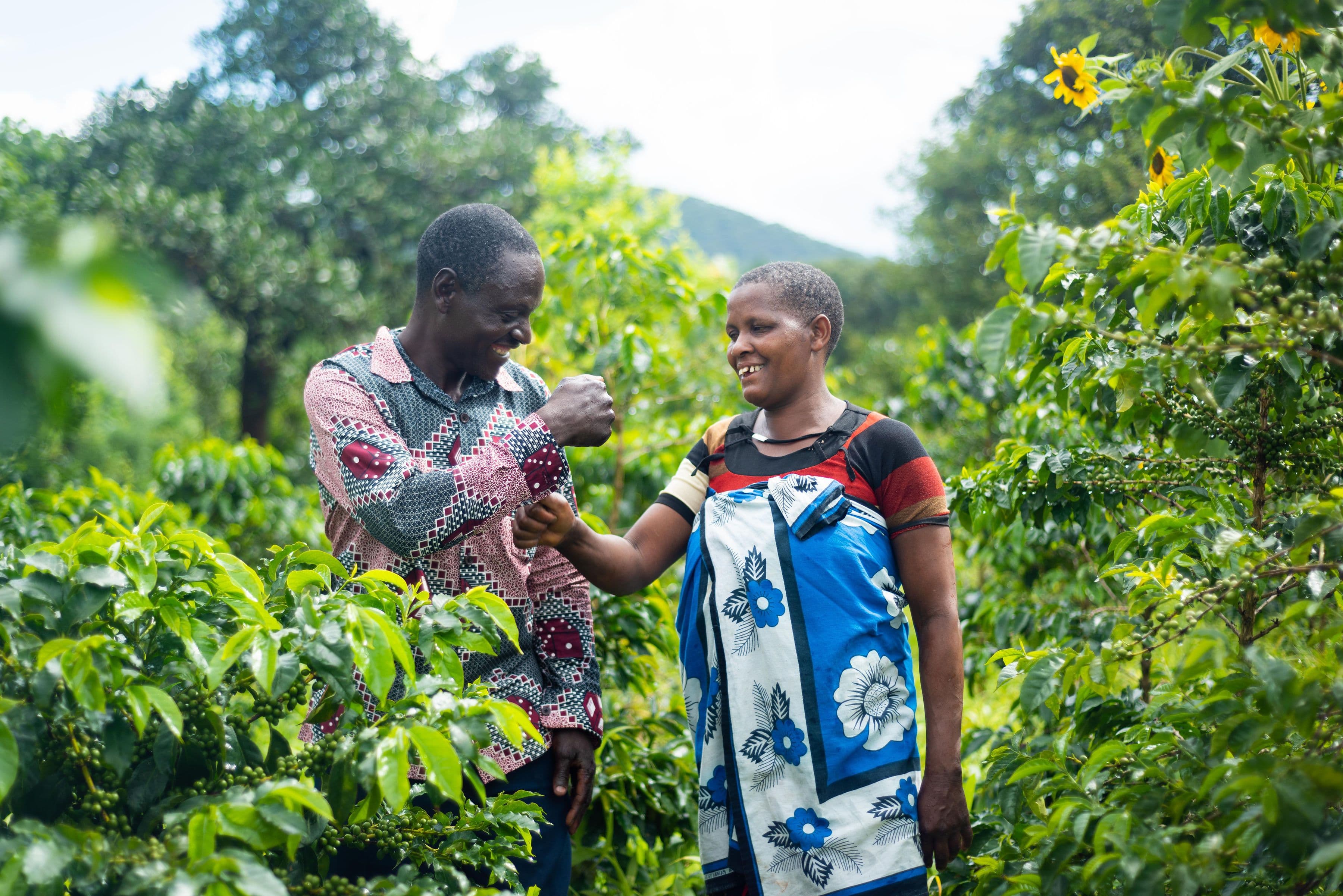Supply chain modeling and the impact of coffee cooperatives on farmers’ livelihood
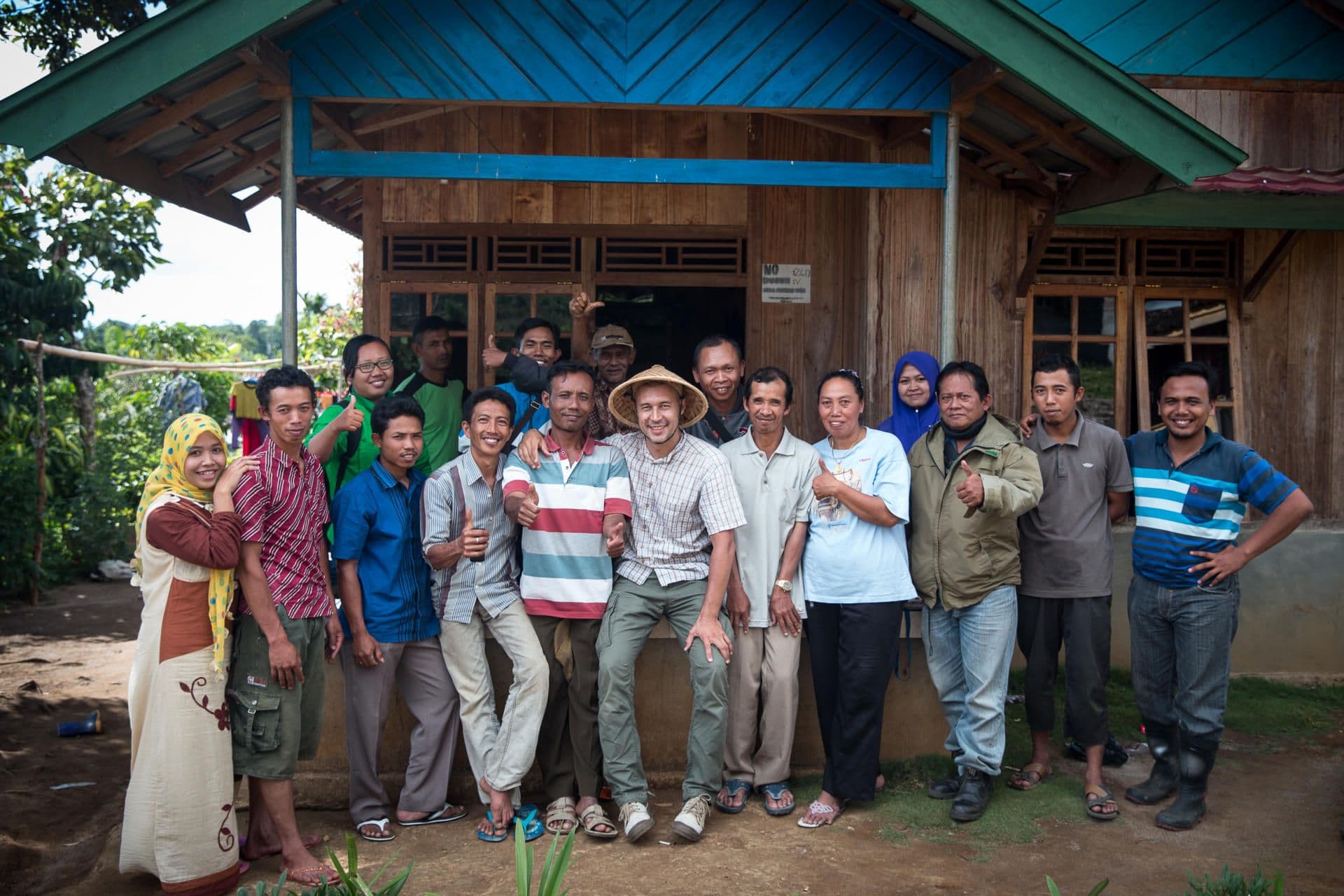
For many years I have been interested in exploring ways to help reduce injustice in the coffee industry and improve the well-being of coffee producers. I thought that direct trade and specialty coffee might be a solution but soon had to realize that only a few producers are lucky enough to profit from these concepts. The majority of coffee is still considered a bulk commodity and the majority of producers still face huge challenges, such as extremely low coffee prices and the effects of climate change. Therefore, I started looking for initiatives that reach a broader range of coffee producers.
Value chain initiatives have increasingly focused on improving market access for farmers, among others by further integrating them into the supply chain. Cooperatives are a means to do so. They are member-owned and -led organizations that allow producers to collectively work towards a common goal, such as improving coffee quality, implementing sustainable farming practices, accessing loans, or product value-addition. The most common underlying function of cooperatives is marketing – by joining forces, farmers can circumvent intermediaries, negotiate directly with downstream buyers, and take advantage of economies of scale. Hanns R. Neumann Stiftung (HRNS) is a private non-profit foundation that is focusing its efforts on cooperatives as well, supporting farmers in establishing and maintaining them. For the thesis required for my master’s degree in Global Logistics and Supply Chain Management at the Kühne Logistics University, I was given the opportunity to collaborate with HRNS in order to analyze this approach, focusing on the cooperatives in South Sumatra, Indonesia.
Coffee supply chains are very complex and involve a lot of uncertainty, especially if they are lacking transparency, basic infrastructure, and if decisions are based on a commodity price specified by stock exchanges. They also include plenty of stakeholders – Indonesian coffee supply chains on average involve nine major stakeholders, not including parties like logistics and financial service providers. Therefore, the marketing function of a cooperative alone has the potential of generating a higher return on farmers’ coffee. Besides, cooperatives often engage in providing services, such as loans, and agricultural and financial training to their members. Not to forget the sheer social effect of collectivism. While cooperatives are increasingly present in the coffee industry, little research has been done on the effect of cooperative supply chains on the welfare of coffee producers.
Since 2014, HRNS has been working on major projects in Sumatra, establishing cooperatives, improving the sustainability of coffee production and the livelihoods of Robusta farmers. To research the effect of those cooperatives on farmers’ welfare, I modeled different coffee supply chains using system dynamics, simulated them over ten years and compared the results. System dynamics is a modeling approach that is ideal for complex and dynamic systems that include uncertainties and feedbacks. It can be used with qualitative and quantitative data, which makes it perfect for analyzing the status-quo and what-if scenarios within this case-study.
Fortunately, I found that coffee producers could increase their income simply by being a member of a marketing cooperative in comparison to individual farmers. Nevertheless, the average income of cooperative members increases by only 1.8%, and those farmers are neither able to hire additional farmworkers nor cross the poverty line. Therefore, I simulated optimization strategies that potentially improve the cooperative system. Coffee farmers are generally lacking access to official financial support. Thus, cooperatives are seen as a means to provide safer and fairer loans to their members. While this sounds like a great idea, my model shows that producers can still not cross the poverty line, even with access to fairer loans.
Since this result was not satisfactory enough, I analyzed agricultural training and how that might influence the supply chain and farmers’ welfare in the long term. Luckily, the simulation of this model showed that farmers can significantly increase the return on their production if they adopt improved farming practices. This sheds a very positive light on cooperatives that provide training and marketing services to their members. Combining this approach with the provision of fair loans shows an even better result. This proves that farmers do not have to produce specialty coffee or invest overwhelming amounts into their production, but that direct relationships with downstream buyers and improved farming practices make the difference, even if the harvest is considered a bulk commodity. Nevertheless, for further research large-scale and targeted data collection about the impact of training is needed. Moreover, the success of cooperatives and the effect on members’ welfare depends on plenty of factors that are difficult to be generalized in practice.
Overall, the system dynamics models confirm that cooperatives are indeed powerful in reducing poverty among coffee-growing communities and, therefore, are a positive step towards a more sustainable coffee industry.
If you have any questions or would like to get more detailed information about my thesis, please feel free to reach out to me on through LinkedIn.

